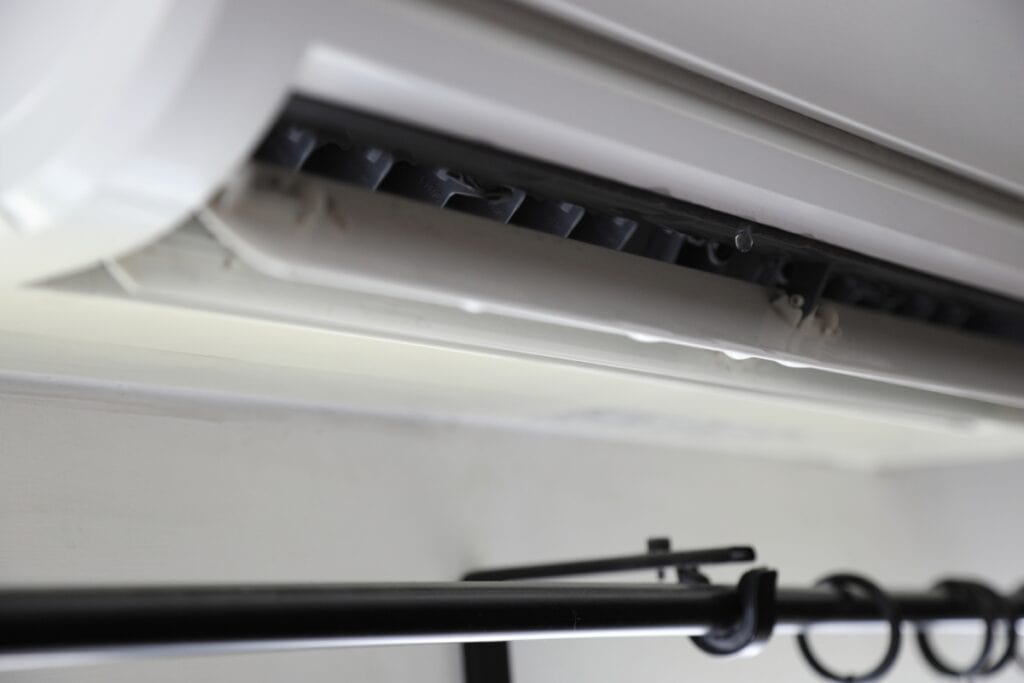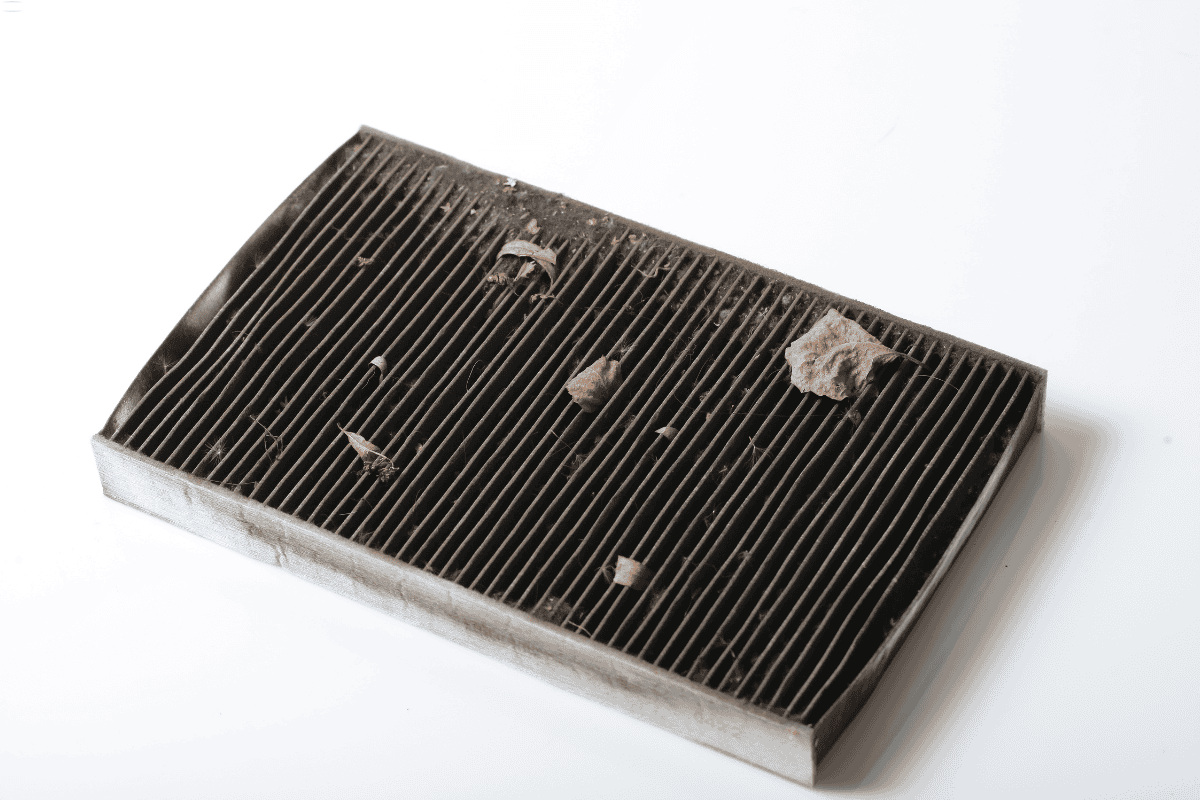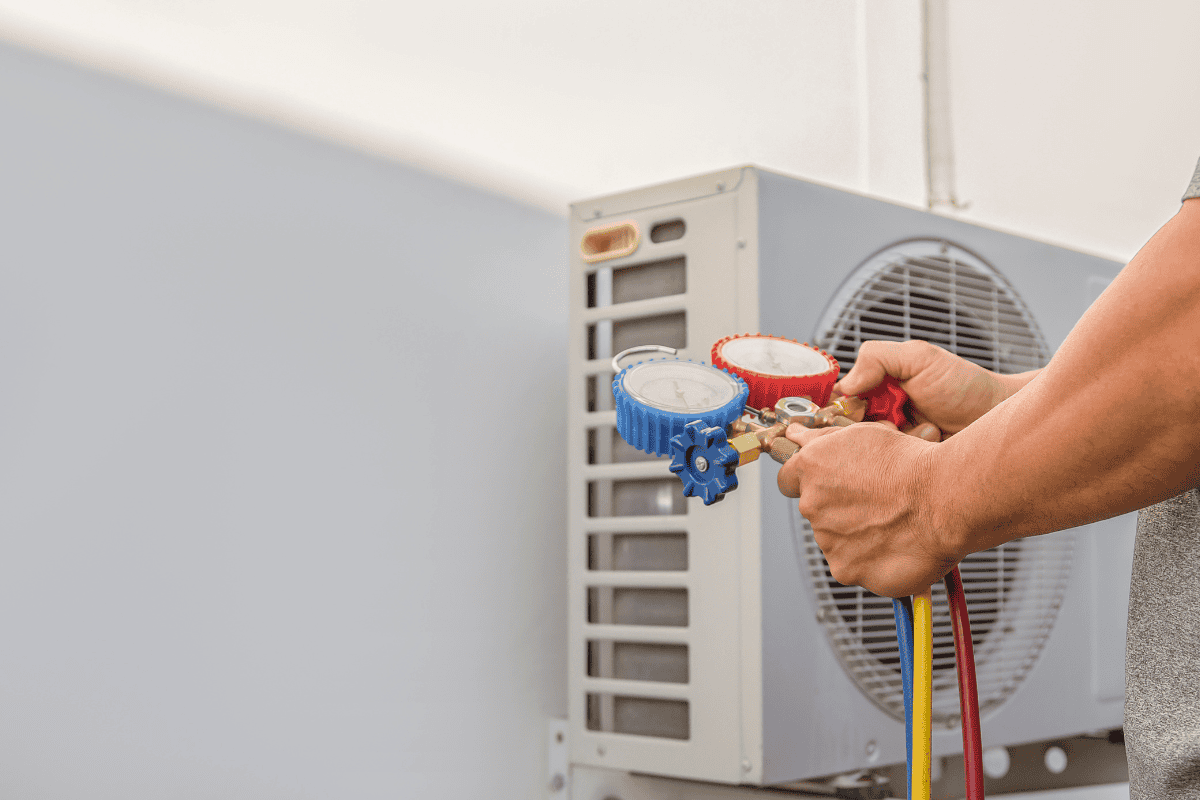6 Steps to Stop Condensation From Air Conditioners

As a homeowner, you may have noticed that your air conditioner produces a significant amount of water during operation. On average, a residential AC unit can generate between 5 to 20 gallons of water per day, depending on factors such as the unit’s size, the duration of operation, and the humidity levels in the environment.
While this condensation from air conditioners is a normal part of the cooling process, managing it effectively is important to prevent water damage and maintain a healthy indoor environment. In this article, we will explore the causes of condensation in air conditioners and provide you with 6 easy steps to help you manage and stop condensation issues in your AC system.
To effectively manage condensation in your AC unit, it is essential to address these underlying causes and take proactive steps to prevent condensation issues from occurring.
Contents
What is Condensation?
Condensation is the transformation of water vapor into liquid water, which occurs when warm, moist air comes into contact with a cold surface. In the context of air conditioners, condensation happens when the warm, humid air from the room passes over the cold evaporator coil inside the AC unit.
As the air cools, it loses its ability to hold moisture, causing the water vapor to condense and form water droplets on the surface of the coil.
The amount of condensation produced by an air conditioner depends on several factors, including the humidity levels in the room, the temperature of the evaporator coil, and the amount of air flowing through the system.
When the humid air is cooled below its dew point temperature, the moisture in the air will begin to condense on the coil, leading to the formation of water droplets.
In a properly functioning air conditioning system, the condensation that forms on the evaporator coil is collected in a drain pan and directed outside the home through a condensate drain line.
However, if there is an excessive amount of condensation or a problem with the drainage system, it can lead to water leaks, mold growth, and other issues.
Why Does Condensation Occur in Air Conditioners?
Condensation occurs in air conditioners due to several factors that contribute to the formation of water droplets on the evaporator coil. One of the primary reasons for condensation in AC units is high humidity levels in the indoor environment.
When the air has a higher moisture content, there is more water vapor present. As this humid air passes over the cold evaporator coil, the excess moisture condenses, leading to a significant amount of condensation.
Another factor that causes condensation in air conditioners is the temperature difference between the warm indoor air and the cold evaporator coil. The evaporator coil is typically much colder than the surrounding air, as it is responsible for removing heat from the air to cool the room.
When the warm, moist air comes into contact with the cold coil surface, the temperature difference causes the water vapor to condense and form water droplets on the coil. The greater the temperature difference between the air and the coil, the more condensation will occur.
Proper airflow through the air conditioning system is also essential for managing condensation. If the airflow is restricted, such as when there is a dirty air filter or blocked vents, the evaporator coil can become too cold and freeze over. When the coil eventually melts, it can produce an excessive amount of water, leading to condensation issues.
On the other hand, if there is too much airflow, the AC unit may not be able to cool the air effectively, reducing its ability to control humidity and condensation.
6 Causes Of Excess Condensation From AC
1. Clogged Drain Lines
Clogged drain lines can prevent proper water drainage, leading to water buildup and potential leaks. This excess moisture can cause condensation on air ducts and other parts of your HVAC system.
According to the IMC code, the diameter inside of your drain lines must be at least ¾ of an inch for proper drainage.
2. Dirty Filters
Dirty or clogged air filters restrict airflow, causing the evaporator coils to freeze and then produce excess condensation when they thaw. This can lead to water droplets forming on your AC vents and ducts.
3. Low Refrigerant Levels
Insufficient refrigerant can cause the evaporator coils to freeze, similar to the effect of dirty filters. This can result in excessive condensation when the coils thaw, potentially leading to water damage.
Low refrigerant often requires a professional recharge. A leak inspection must be conducted every 12 months to prevent refrigerant loss and maintain optimal system performance.
4. Improper Installation
If the air conditioning unit is not level, the condensed water may not drain properly, leading to water buildup and overflow. This can cause condensation on air ducts and other components of your HVAC system.
Inadequate insulation around the unit or ducts can allow warm air to mix with the cold air, increasing condensation and causing water to leak from the unit.
5. Improperly Positioned Drain Pan
An incorrectly positioned or damaged drain pan may not collect and channel water away effectively, resulting in water leakage and excess condensation. This can lead to water dripping from your AC vents or pooling around your air conditioning unit.
6. Thermostat Settings
Setting the thermostat to very low temperatures can cause the evaporator coil to become too cold, increasing the likelihood of condensation and potential freezing of the coil. This can result in excess water production when the coil thaws, leading to condensation on your air ducts and other parts of your HVAC system.
How to Stop Condensation in Air Conditioning Systems
1. Regular Maintenance
Regular inspections by HVAC professionals can identify and address potential issues before they become significant problems. Dirty filters restrict airflow, causing the evaporator coil to freeze and produce excess condensation.
Regularly cleaning or replacing filters provides proper airflow and reduces the likelihood of condensation forming on your AC vents and ducts. By staying on top of maintenance, you can prevent condensation and protect your home from water damage.
2. Proper Installation
An uneven unit can cause water to pool and overflow, leading to condensation on AC ducts and other components. Proper insulation of ducts prevents warm air from mixing with the cool air inside the ducts, reducing the risk of condensation and preventing leaks. Adequate insulation also helps maintain optimal air quality and energy efficiency.
3. Unclogging the Drainage System
To stop condensation from forming in your AC system, regularly check drain lines for clogs and clear any debris for proper drainage of condensed water. The drain pan should be clean and properly positioned to collect and channel water away from the unit effectively.
According to the IMC code, the outlet of the condensate pan should be larger than that of the drain lines to promote good drainage. For stubborn clogs, use a wet/dry vacuum or plumber’s snake to clear the lines and prevent condensation issues.
4. Managing Refrigerant Levels
Low refrigerant levels can cause the evaporator coil to freeze, leading to excessive condensation when the coil thaws. Regularly check for leaks and have them repaired by a professional to maintain proper refrigerant levels and prevent condensation problems.
Please ensure, only a certified technician should handle refrigerant, as it can be dangerous if not handled properly. Keeping your AC system well-maintained helps stop condensation on air ducts and other components.
5. Controlling Indoor Humidity
High indoor humidity levels can contribute to condensation issues in your air conditioner. To combat this, use a dehumidifier to reduce the amount of moisture in the air, thereby minimizing the potential for condensation to form on the evaporator coil.
Enhance ventilation by using exhaust fans or opening windows to help remove excess humidity from your home. Make sure that windows and doors are properly sealed to prevent outside air from entering and increasing the moisture load on your AC system.
6. Optimizing Thermostat Settings
Avoid setting your thermostat too low, as extremely cold settings can cause the evaporator coil to freeze and produce excess condensation when it thaws. This can lead to water dripping from your AC vents and pooling around your air conditioning unit.
Instead, maintain a comfortable temperature that doesn’t overwork your AC system, allowing it to remove moisture from the air effectively. Programmable thermostats can help maintain consistent indoor temperatures, reducing the likelihood of excessive condensation and improving overall energy efficiency, especially in your air conditioning metal ducts.
Call HVAC Angel For Everything Related To HVAC
When it comes to addressing condensation issues with your AC system or any other HVAC-related concerns, HVAC Angel is your go-to solution. Our team of highly skilled and experienced technicians is equipped with the latest tools and knowledge to tackle any HVAC problem you may encounter. Whether you need help with air conditioning repair, preventing condensation on AC ducts, or improving your indoor air quality, we’ve got you covered.
At HVAC Angel, we understand the importance of maintaining a comfortable and healthy indoor environment. That’s why we offer comprehensive AC repair services designed to stop condensation from forming on your air ducts, vents, and other components. Our experts can identify the root causes of condensation on your AC system and provide targeted solutions to prevent water damage and protect your home.
Don’t let condensation problems or other HVAC issues compromise your comfort and home’s integrity. Contact HVAC Angel today for all your HVAC needs, and experience the difference that our expertise and dedication can make.
Frequently Asked Questions
1. Should I turn off my AC if it’s leaking water?
Yes, if you notice your AC system leaking water or excessive condensation dripping from your AC vents, turn off the unit immediately. Continuing to run the AC can lead to water damage and potential electrical hazards.
2. Can AC stop leaking on its own?
No, an AC system will not stop leaking on its own. Leaks and excessive condensation are signs of underlying problems, such as clogged condensation lines, dirty air filters, or refrigerant issues. These issues require professional attention to resolve and prevent condensation from forming on your AC ducts and other components.
3. Can you stop condensation permanently?
While it’s not possible to eliminate condensation entirely, as it is a natural occurrence, you can take steps to minimize and control it. Regular maintenance, proper insulation, and maintaining optimal humidity levels in your home can help prevent excessive condensation on your AC system.
4. Is excess condensation harmful for me?
Yes, excess condensation can be harmful to your health and your home. Excessive moisture can lead to mold growth, which can cause respiratory issues and allergic reactions. Excess condensation can cause water damage to your walls, ceilings, and other structural elements, compromising the integrity of your home.




